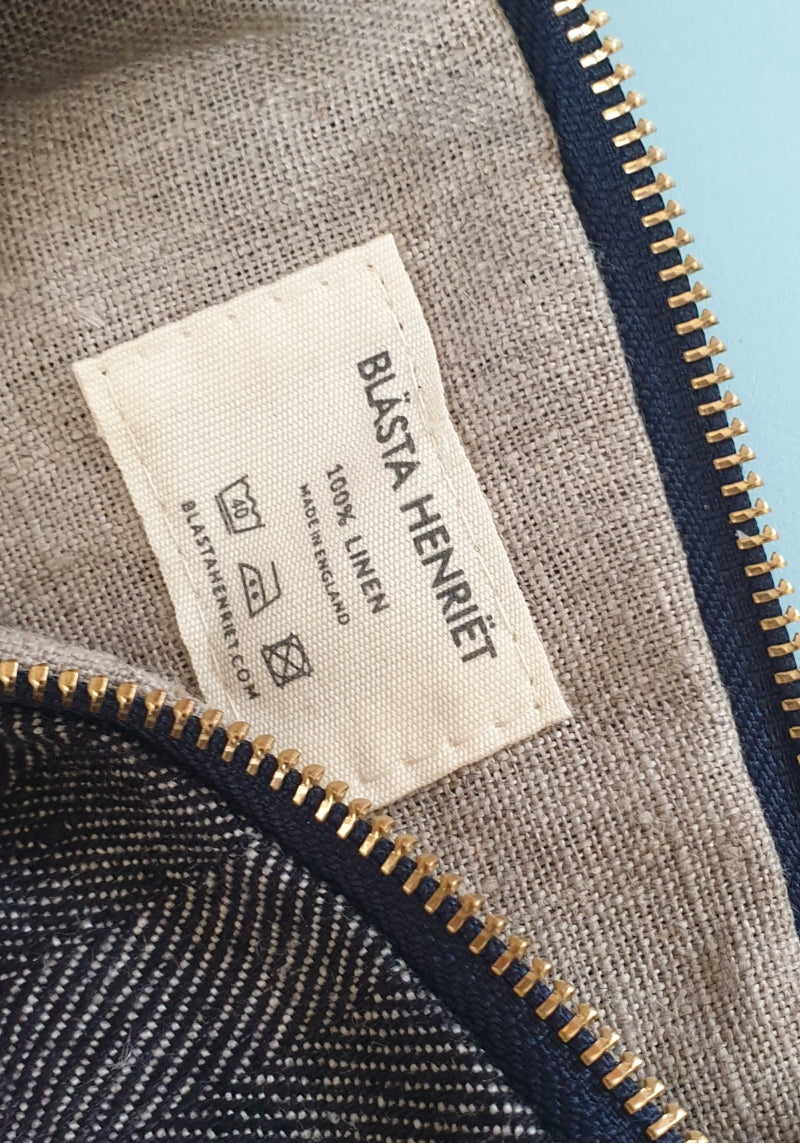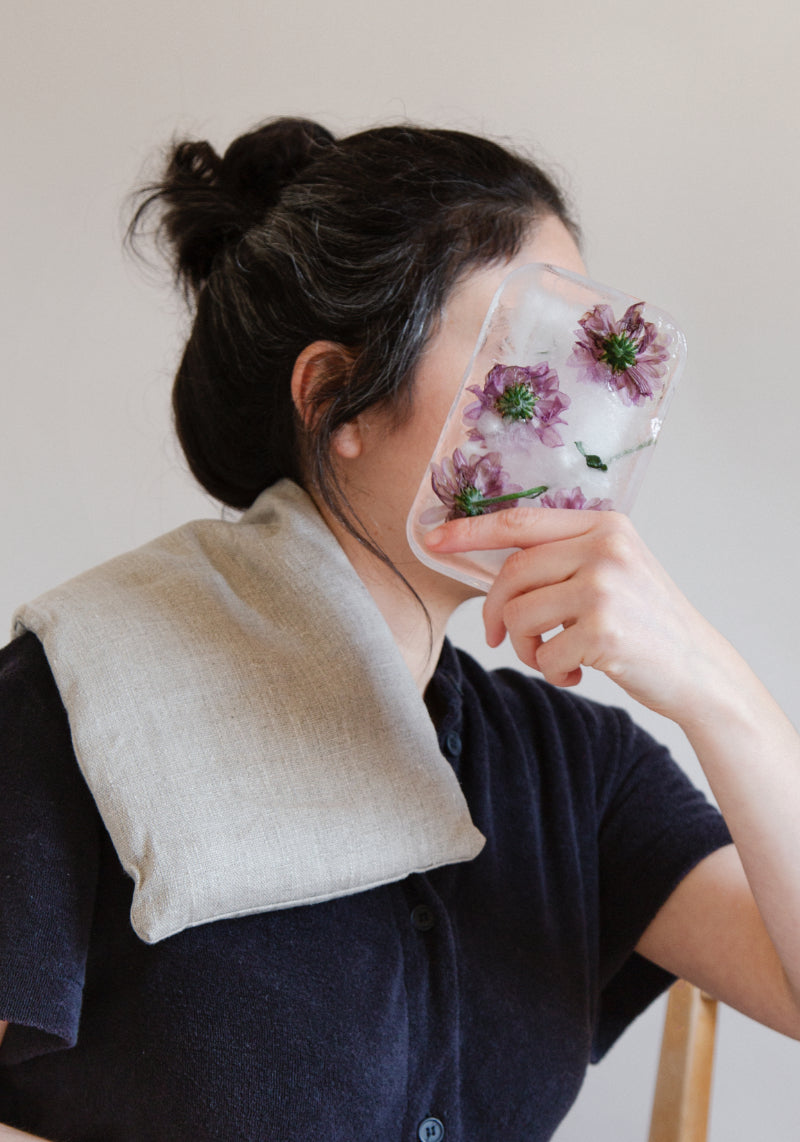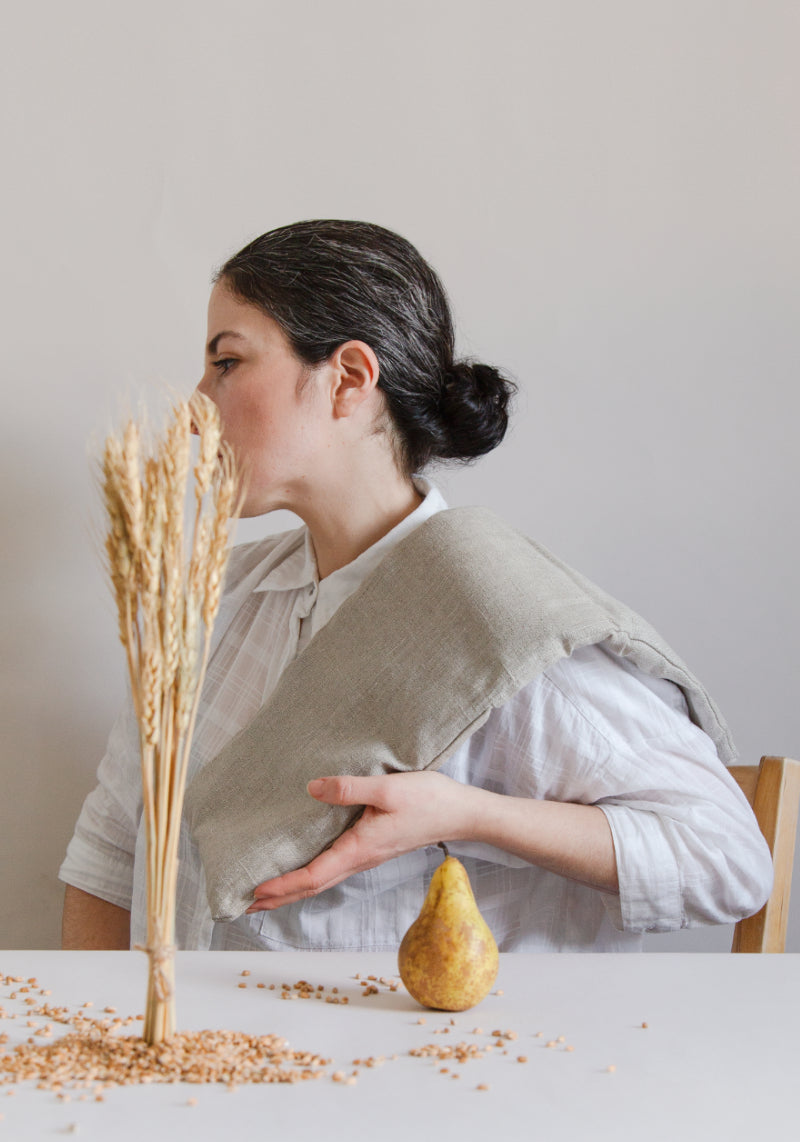Why We Use Oeko-Tex Certified Linen

We are truly passionate about linen and strive to only use the best, most sustainable versions of this glorious fabric to make our products from. It is important to us that we are transparent about our production and values in order for you to make an informed decision when purchasing from us. We think our products are wonderful, and we want you to understand why! So, why do we use Oeko-Tex certified linen and what does that actually mean?

What is Oeko-Tex Certified Linen?
Simply put, having an Oeko-Tex certification for linen ensures that the fabric meets environmental and health standards throughout the production process. The idea behind it is that it promotes sustainability within the textile industry by focussing on eliminating dangerous substances. It is a two-fold approach – health and environmental, which go hand in hand.

Health
Knowing where the fabric you are putting against your skin has come from has never been more important. Finding fabric that has the Oeko-Tex stamp of approval means that you can be sure that no chemicals were used within the production process that can be detrimental to human health, such as formaldehyde, pesticides and even heavy metals. You can be safe in the knowledge that the fabric you purchase poses minimal risk of allergies, skin irritation or other health related issues – particularly important to us as a company focussed on wellbeing. It is important to us to know that our wheat bags and eye pillows are gentle on the skin and the environment.
Environment
Having the Oeko-Tex stamp makes sure that linen is produced in an environmentally responsible way. This takes into consideration factors such as energy consumption and water usage.

Oeko-Tex plays an important role in holding the textiles industry accountable and acts as a trustworthy indicator for consumers purchasing fabric or products made from fabric. Choosing to purchase products made from Oeko-tex certified fabric, including all of our linen products, helps to support sustainable practices within the textile industry. This takes into consideration the importance of both personal health and environmental conservation.




